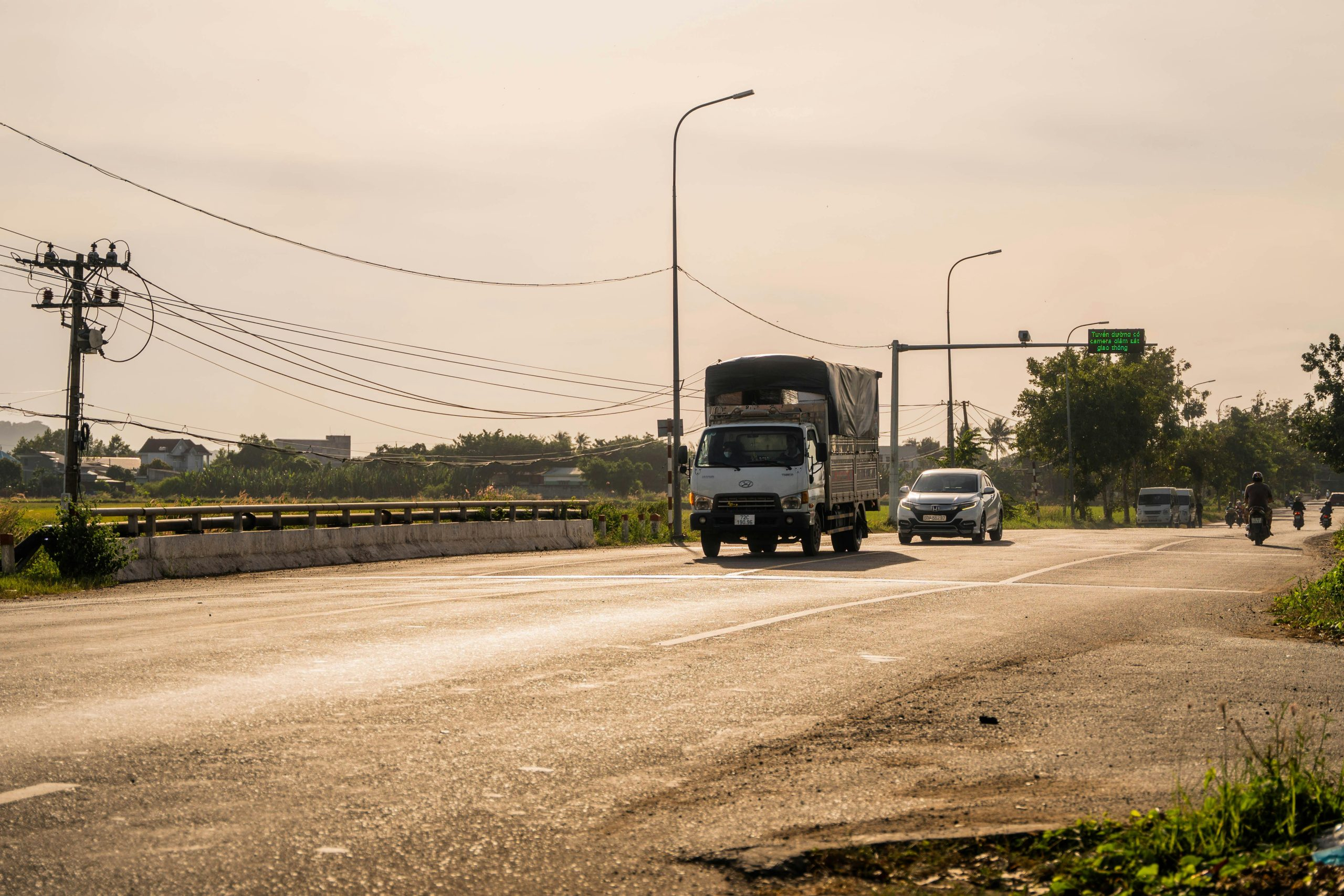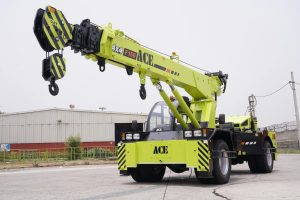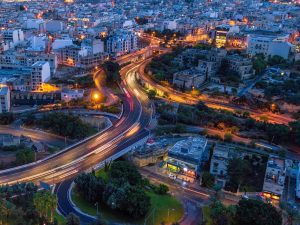AI Systems Reducing Traffic Through Predictive Routing
In today’s busy world, traffic congestion is a major issue that affects not only individuals, but also businesses and the overall economy. It leads to wasted time, increased fuel consumption, and air pollution. However, thanks to advancements in technology, we now have AI systems that can help reduce traffic through predictive routing. These systems use artificial intelligence algorithms to analyze and predict traffic patterns, allowing for more efficient navigation and better traffic management. Let’s take a closer look at how AI systems are revolutionizing traffic reduction through predictive routing.
The Problem of Traffic Congestion
Traffic congestion is a growing problem in urban cities around the world. The rapid increase in population and urbanization has resulted in an overload of transportation networks, causing delays, accidents, and environmental issues. According to a study by the World Economic Forum, traffic congestion costs the US economy approximately $305 billion each year, and this number is expected to rise as more people continue to move to cities.
Traditional Traffic Management Strategies
Traditionally, traffic reduction strategies have primarily focused on building new roads and expanding existing ones. However, this approach has its limitations. Building new roads is expensive, and it can disrupt the environment and communities. Additionally, as more people use these roads, they can quickly become congested again.
Another approach is the use of traffic signals and road signs to regulate the flow of vehicles. While this can help alleviate traffic in certain areas, it does not account for unexpected events and changes in traffic patterns. As a result, drivers can still face delays and congestion, causing frustration and wasted time.
The Role of AI Systems in Reducing Traffic
AI systems are revolutionizing traffic reduction through predictive routing. These systems use data collected from various sources such as cameras, GPS devices, and sensors to analyze and predict traffic patterns. They then use this information to create efficient routes for drivers, avoiding congested areas and suggesting alternative routes.
Predictive Routing
Predictive routing is a key component of AI systems for traffic reduction. It uses advanced algorithms to analyze real-time and historical data to predict future traffic patterns. By considering factors such as road conditions, past traffic patterns, and events, these systems can accurately anticipate congestion hotspots and suggest alternate routes for drivers.
Real-Time Updates
One of the major advantages of AI systems is their ability to provide real-time updates to drivers. Traditional GPS devices can only provide directions based on a fixed route, while AI systems can continuously adjust routes based on the latest traffic information. This helps drivers save time and avoid getting stuck in unexpected traffic jams.
Benefits of AI Systems for Traffic Reduction
The use of AI systems for traffic reduction has numerous benefits, including:
Time and Cost Savings
By avoiding traffic congestion and suggesting more efficient routes, AI systems can help drivers save time and reduce fuel consumption. This not only benefits individuals, but it also has a positive impact on the economy by reducing the cost of transportation for businesses.
Reducing Environmental Impact
The reduced time spent in traffic also means less air pollution, as fewer vehicles are idling on the roads. This has a positive impact on the environment and can help reduce greenhouse gas emissions.
Improved Safety on the Roads
Predictive routing can also help improve safety on the roads by avoiding congested areas and suggesting safer routes. This can reduce the chances of accidents and keep both drivers and pedestrians safe.
Conclusion
As traffic congestion continues to be a major issue, the use of AI systems for traffic reduction through predictive routing is becoming increasingly important. With their ability to analyze and predict traffic patterns, these systems not only save time and money but also have a positive impact on the environment and road safety. As technology continues to advance, we can expect to see even more improvements in traffic management and reduction thanks to AI systems.










